What is the best way to disinfect the ground before planting seedlings?
Disinfection of the soil is a very important point, this is the only way to grow healthy and strong seedlings. Treatment of the soil before planting seedlings allows you to destroy pathogenic bacteria, insect eggs, fungal spores, nematodes, protects against blackleg (a frequent disease of young plants).
Why is disinfection carried out?
Every year, more and more pathogenic microorganisms accumulate in the soil and its yield deteriorates. Therefore, it is optimal to carry out a complete soil replacement every year. However, new soil, even purchased from a store, may contain various pests. What to do in this case?
If it is not possible to change the land, it must be cleaned of organic residues and thoroughly disinfected. It is worth noting that disinfection is recommended despite the replacement of the ground. This approach will help you avoid unpleasant surprises in the future.
Traditional methods
Popular methods of soil disinfection are more environmentally friendly than chemical ones. However, they take a lot of time and do not always give a positive result. So, there are two ways to disinfect soil.
Method number 1 - freezing.
This is the easiest way to disinfect the soil. The earth is wrapped in a cloth bag and taken outside in frost for 5 days. Then it is placed in heat for 1 week, so that weed seeds and eggs of parasites "wake up". Destroy pests by repeated exposure to cold.
Freezing the soil is best done at an air temperature of -15 degrees, you can use the freezer. For best results, repeat the procedure 2-3 times. This method of processing is not recommended for soil with biohumus. In addition, low temperatures will not cure late blight.
Method number 2 - heat treatment.
Most soil pests do not survive in high temperatures. The soil can be thermally processed in 2 ways.
- Calcination. The earth is poured with boiling water, mixed and spread on a baking sheet in a layer of 5 cm. Then the oven is heated to 90 degrees and the soil is ignited for half an hour.
- Steaming. This is a more gentle method of disinfection. A bucket of water is put on the fire, a grate with earth is placed on top, which is previously wrapped in a cloth bag. Steam the soil for at least 90 minutes.
Heat treatment must be carried out exactly according to the instructions, exceeding the temperature regime or the duration of the procedure will lead to a deterioration in the quality of the soil. In addition, the land treated in this way, immediately before planting seedlings, should be populated with useful microflora.
The disadvantage of this method is that it makes the soil completely sterile and unsuitable for cultivation. Requires additional bacterial fertilization.
Advice
To make the earth looser, after processing, sprinkle it on a paper surface and let it fill with air.
Disinfection with special means
You can also disinfect the ground with the help of chemicals: fungicides, insecticides or ordinary manganese.
- Fungicide treatment
This group of drugs consists of beneficial bacterial cultures that suppress diseases and increase plant immunity. Most often, "Fitosporin" is used; for treatment, 15 ml of the product is diluted in 10 liters of water. You can use other drugs - "Planriz", "Barrier", "Extrasol", "Glyokladin", etc. Before use, you should carefully study the instructions.
- Disinfection with insecticides
Popular drugs "Aktara", "Inta-Vir", "Thunder", "Iskra". Insecticides have been used successfully to kill soil pests. Before disinfection, the soil is loosened and moistened, the dry preparation is mixed with the soil before watering.
Soil processing before planting seedlings is carried out in advance, no later than a month before the proposed work.
It is important to remember that any chemical treatment requires strict adherence to the instructions, the recommended concentration and consumption must be observed.
- Disinfection with potassium permanganate
Manganese does an excellent job of disinfecting small amounts of soil. For processing, 3-5 g of crystals are diluted with 10 liters of water, and then the soil is watered at the rate of 30-50 ml per 1 square meter.
Disinfect the ground with potassium permanganate 2 weeks before planting seedlings.
Advice
Potassium permanganate is a strong oxidizing agent; therefore, it is not recommended to treat soddy-podzolic acidic soils with it. This method is best suited for decontamination of chernozem and soddy-calcareous soil.
An important point: reducing soil acidity
Simultaneously with the disinfection of the soil, it is very important to even out its acid-base balance. If the soil has an acidic reaction, then, even if sterile, it is susceptible to diseases such as keel and gray leg. To normalize the acidity level of the earth to the norm of 6.5-7, the following means are used:
- dolomite flour;
- slaked lime;
- ash;
- a piece of chalk;
- hydrogel;
- perlite, vermiculite;
- humus tablets.
Advice
Do not forget to deacidify the soil before planting seedlings, otherwise diseases can develop very quickly even in sterile soil.
Frequent mistakes
Despite the disinfection of the soil, plants can get sick, grow poorly and die. What's the matter? Consider the 10 most common mistakes made when growing seedlings.
- Poor quality seed. It is important to choose only high-quality seeds, otherwise they may simply not sprout or the plants will grow weak.
- Wrong choice of containers. A container may not be suitable for seedlings if it is too tight, large, poorly drained, or loose.
- Lack of seed treatment. A significant part of diseases are transmitted not only with the soil, but also with the seeds of plants.
- Failure to comply with the terms of cultivation. If you neglect the recommended terms for growing seedlings, then the plants will grow weak and simply will not take root during transplantation.
- Planting seeds too deep. With excessive depth, only a few seeds will germinate. The optimum depth should not exceed 2 seed diameters.
- Thickened sowing. The seeds must be spaced at a sufficient distance from each other, otherwise the seedlings will not have enough room for normal development.
- Watering after sowing. It is necessary to water the soil before sowing. If you do this after, the seeds will go deeper into the ground and germinate worse.
- Violation of temperature, lighting, watering and other growing conditions. It is important to remember that young seedlings are especially sensitive to temperature extremes, excessive dryness of the soil, or excessive watering. It is also important to provide adequate lighting, otherwise the seedlings will quickly stretch out.
- Late pick. In order for the aerial part to develop evenly, the plant must be dived as soon as the second true leaf appears.
- Overgrown seedlings. Such seedlings are more difficult to take root and may break during transplantation.
Disinfection of the earth is not for the lazy. But if you let the cultivation of seedlings go by chance and do not take elementary measures, you can ruin all the work. To prevent this from happening, the dacha season must be opened in advance, and it should begin with soil cultivation for seedlings.
There are many ways to disinfect the earth; you can steam it, harden it, freeze it or treat it with a chemical agent. However, they all have their own nuances and disadvantages.Therefore, in order to grow strong and healthy seedlings, you need to carefully study all the information and apply it correctly in practice.
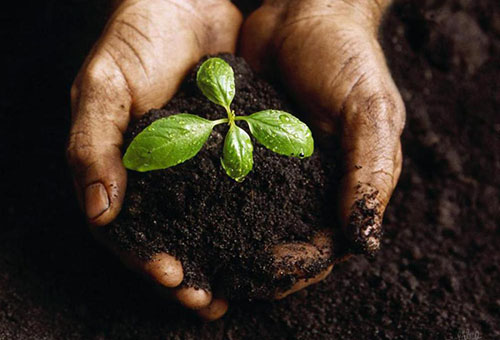
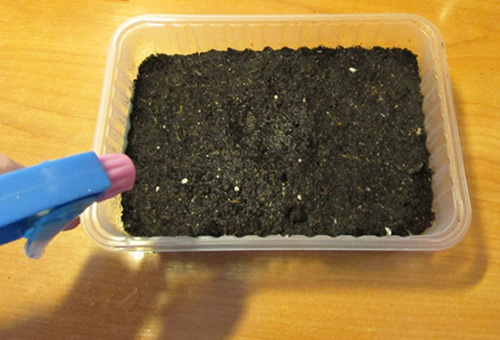
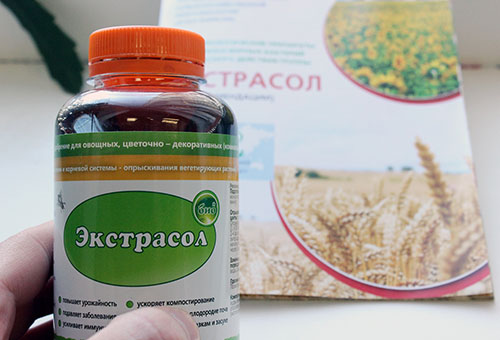
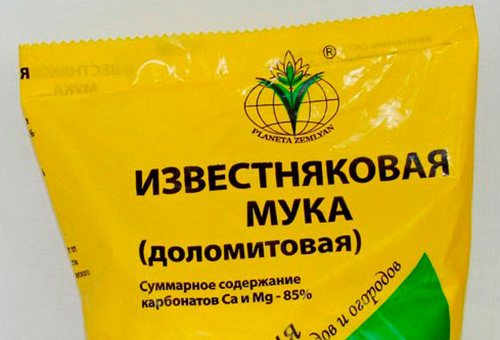
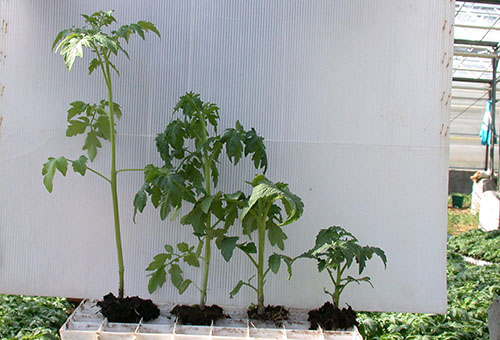
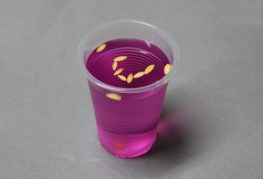
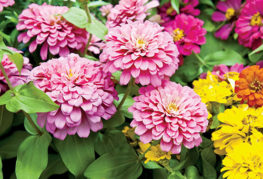
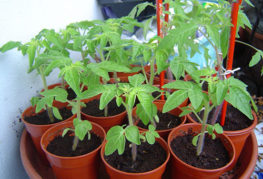
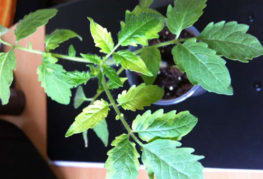
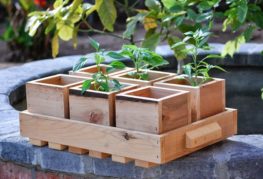
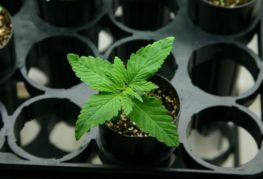
and will be published shortly.